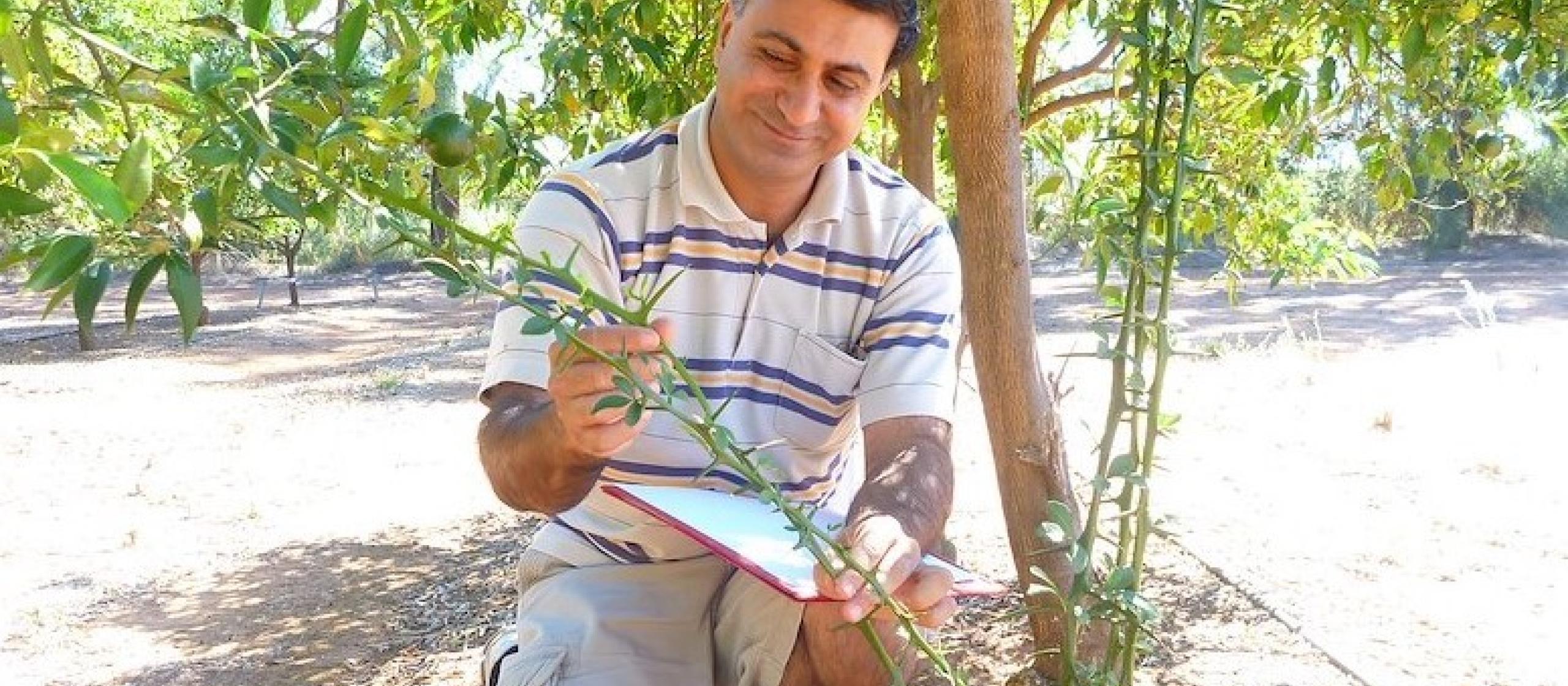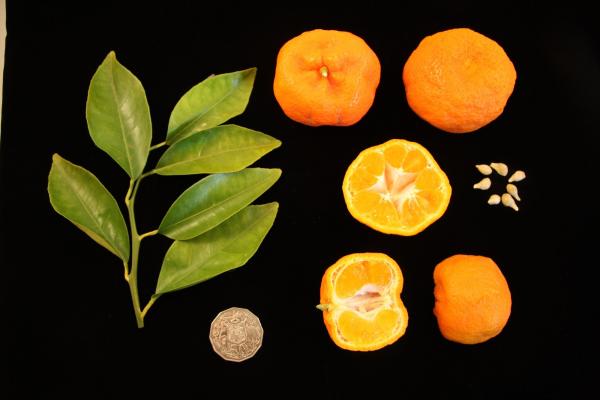- HomeHome
-
About ACIAR
- Our work
- Our people
-
Corporate information
- ACIAR Audit Committee
- Commission for International Agricultural Research
- Policy Advisory Council
- Agency reviews
- Executive remuneration disclosure
- Freedom of information (FOI)
- Gifts and benefits register
- Information publication scheme
- List of new agency files
- Contracts
- Legal services expenditure
- Privacy impact assessment register
- Commonwealth Child Safe Framework
- Benefits to Australia
- Careers
- 40 years of ACIAR
-
What we do
- Programs
- Cross-cutting areas
- Resources
- Where we work
-
Funding
- Research projects
- Fellowships
-
Scholarships
- John Allwright FellowshipScholarships to study in Australia for ACIAR partner country scientists to have Australian postgraduate qualifications
- ACIAR Pacific Agriculture Scholarships and Support and Climate Resilience Program
- Alumni Research Support Facility
- Publications
- News and Outreach
Date released
15 June 2018
China is the world’s second-largest citrus producer, with over 29 million tonnes produced annually based on 2016–17 forecasts, yet according to the Food and Agriculture Organization the country exports only around two percent of that figure. China depends on imports and is Australia’s main citrus buyer. As a supplier to China of citrus, Australia is ranked only third to South Africa and the United States. During a nine-month period in 2017, Australia exported 65,000 tonnes of oranges to China, valued at $133 million.
Australia’s strong economic ties with China are complemented by a strong and long-standing research relationship, which has seen a significant exchange of horticultural expertise between the two countries to improve the quality of citrus products and strengthen food security in the Asian region. Through long-term projects, ACIAR has led research to combat disease and develop new citrus rootstocks for adaptation to local environmental and soil conditions.
SEEDING CITRUS RESEARCH
In 2007 the ACIAR-funded project CS1/1996/076 ‘Evaluation of East Asian citrus germplasm as scions and rootstocks built on a previous rootstock collaboration project with China from 1992 (CS1/1987/002 ‘Citrus rootstock development’). The project aimed to collect and exchange rootstock material between the countries, evaluate rootstocks for disease and salinity tolerance, and conserve germplasm for breeding by establishing source trees of rootstock collection in each country.
Stemming from this collaboration between the lead agency—the New South Wales Department of Primary Industries (DPI)—and the Citrus Research Institute (CRI) of the Chinese Academy of Agricultural Sciences in Sichuan Province, was an initial visit by three Chinese scientists to Australia in 1993. The seeds of 13 citrus species and hybrids were supplied to China, together with budwood of four navel clones and citrus scion varieties. Five Chinese scientists at CRI were trained in isozyme analysis for identifying germplasm material, and seven scientists were trained in molecular procedures for disease and genetic evaluation. A multinational germplasm conservation workshop in 1997, funded by ACIAR and the International Plant Genetic Resources Institute, helped identify the extent and management of indigenous citrus germplasm in Australia, China, India, Japan, Malaysia, Nepal, the Philippines, Thailand and Vietnam.
RETURN BENEFITS
In exchange for the genetic material, 46 rootstock types were imported as seed from China, including 24 trifoliata (Citrus trifoliata), ten mandarin (C. reticulata), four erythrosa (C. erythrosa), three ichangensis (C. ichengensis), three yuzu (C. junos) and two sour orange (C. aurantium).
ACIAR research almost always leads to follow-on projects, and the legacy of this work lives on in 16 trial trees planted at the DPI research station at Dareton, New South Wales. Horticulture Innovation Australia (HIA) has funded the remaining rootstock evaluation program since 1999 with three HIA projects: CT03025 ‘National program for screening and evaluation of new citrus rootstocks’, CT07002 ‘Assessing the horticultural performance of new rootstocks via short-term orchard trials’ and CT13042 ‘Evaluation and commercialisation of new rootstocks’.
Dr Tahir Khurshid, DPI citrus physiologist, has been running the citrus rootstocks program since 1999 and is in charge of the entire Chinese and Vietnamese rootstock evaluation program. He has continued to collaborate with scientists from CRI, and after evaluating rootstocks for horticultural performance under different soil and climatic conditions, recommended six rootstocks for the Australian citrus industry—four Citrus trifoliata types and two erythrosa types. These rootstocks are now available for the Australian citrus industry from Auscitrus.
ACIAR’s original citrus research projects keep giving to the industry and HIA recently funded a fourth project, CT17002 ‘Evaluation of new rootstocks for the Australian citrus industry, 2017–22’, which focuses on the commercial viability of field trials with 20 growers throughout Australia. ‘We had an overwhelming response from growers when we invited them from around Australia to participate two years ago,’ says Dr Khurshid.
Another component of this latest project is to complete a salt-tolerant rootstock trial at Bindoon, Western Australia. The trial will test dwarfing Chinese rootstocks along with rootstocks from the Californian breeding program with M7 navel and Tang Gold mandarins, as well as Italian rootstock for yield and quality under Australian conditions. One important component, focusing on the citrus greening disease Huánglóngbìng (HLB), is to import HLB-tolerant rootstock from the United States and test rootstocks under Australian conditions in case an outbreak occurs in Australia.
In addition to the science of rootstock evaluation, ACIAR’s research and development links formed many years ago continue to support the strong relationship between Chinese and Australian agriculture into the future.





